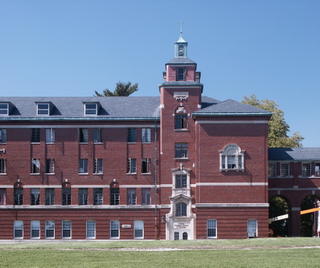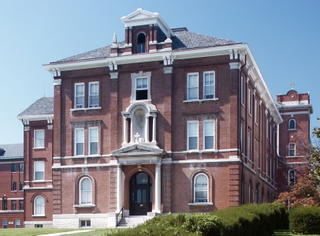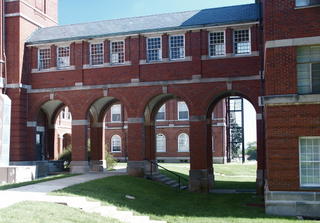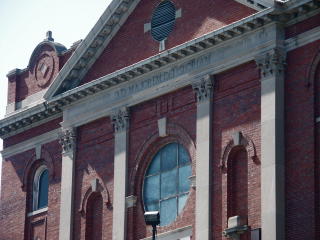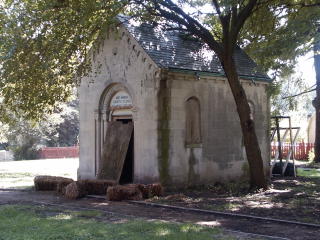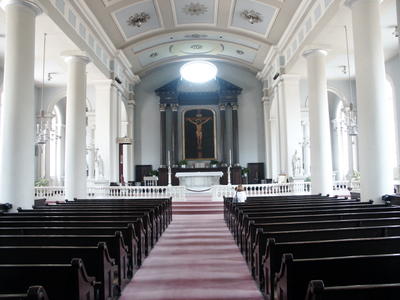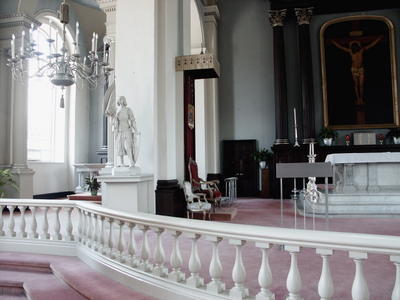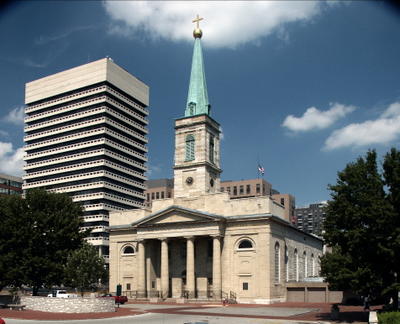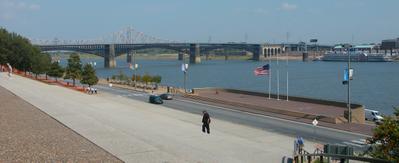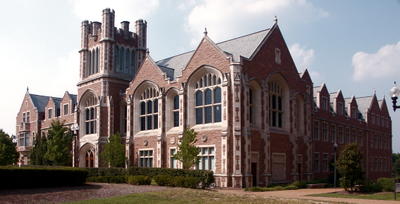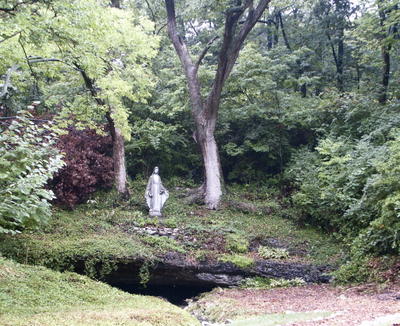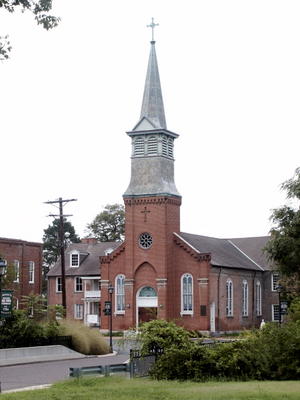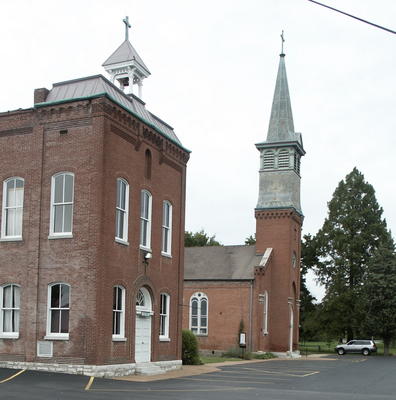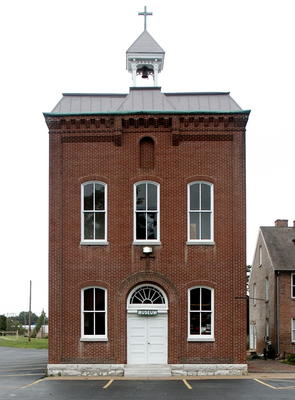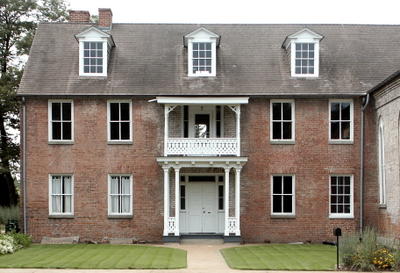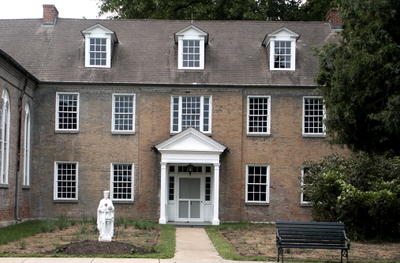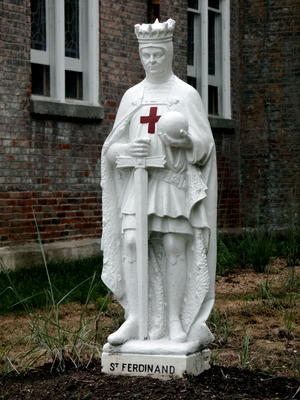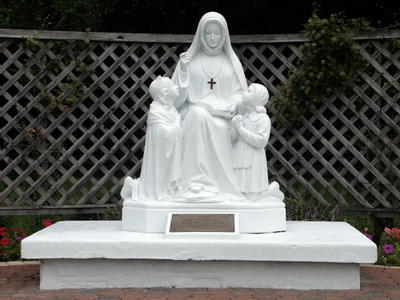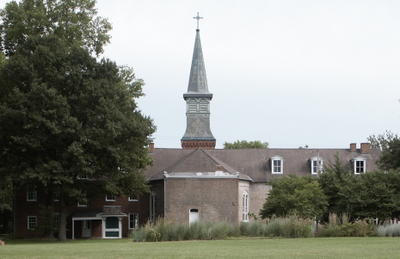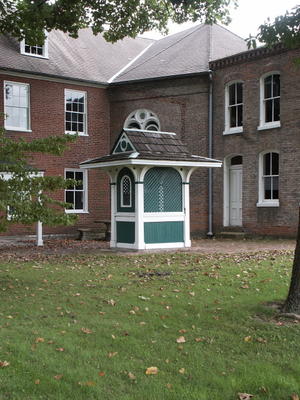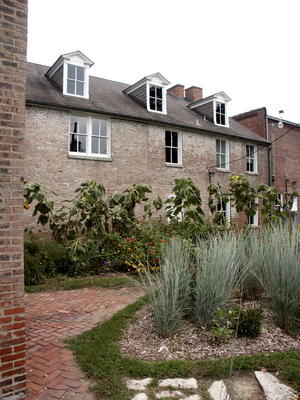In the very first sentence of Plato's
Dialogue of Meno, Socrates is asked by Meno, "Can you tell me, Socrates, whether virtue is acquired by teaching or by practice; or if neither by teaching nor practice, then whether it comes to man by nature, or in what other way?"
In other words::
1) Virtue can be taught; or
2) Virtue is gained by practice; or
3) Virtue is a part of human nature; or
4) Virtue is against human nature
All of the philosophies of the world created since this dialogue was written in about 380 B.C. have generally assumed just one or another of these four views of virtue and human nature.
The chaos now in New Orleans due to Hurricane Katrina shows the great and horrible flaws in American culture. Rioting, gunfire, rape, looting, gang warfare, and general lawlessness rule the day in the city.
Understandably, these people are starving, dying of thirst, and many need urgent medical care and general sanitation. I would think that stealing food when starving is not sin, or even a crime; for justice demands this. But the situation goes far beyond this, people are settling old scores and violently doing whatever they want, with no regard for others.
Some would say that desperate times call for desperate measures, but a virtuous person does not act with desperation, but keeps his emotions in check.
Much of the political Left in the United States thinks that virtue is a part of human nature, and that only society makes people act contrary to virtue. People with this point of view do not blame the people who are causing chaos in New Orleans, saying that they are just responding to social injustice. Likewise, the hurricane itself is seen as being caused by the injustices of current political system, due to global warming and the lack of government spending on infrastructure in ethnic minority cities. Ironically, both Leftist Europeans and radical Islamicists are delighting in their
schadenfreude, saying that the United States is getting what it deserves, because of the war in Iraq and America's cultural and economic hegemony.
Much of the political Right in the United States thinks that virtue is against human nature, and that vigorous law enforcement is needed to keep order. They want to use the military to impose order on the rioters, with shoot-on-sight orders against looters. Overwhelming force is needed to control the people who are acting like animals.
Why won't we, or why can't we just teach and encourge people to do the right thing, with no need for either reward or punishment? To do what is right just because it is the right thing to do? Why must we make excuses for those who don't do what is right? Why must we always resort to force against those who get out of line?
American culture says that virtue is either a part of human nature or is against it. This goes very well with American public philosophy and religion, which was originally Puritan. The Puritans thought that a man's salvation was predestined, and that a man can actually know, with certainty, whether he is saved or not. The elect, saved, or elite knew that the others were damned and needed force to keep them in order. The more enlightened of that group, such as the Universalists, think that all are saved, in a democratic fashion, and all bad behavior is to be excused as a failure of society. So where does virtue fit in here? Is it even relevant in this worldview? American Catholics, Neo-Conservative and Liberal alike, unfortunately subscribe to these views, for both views stem from the same source, which unfortunately is not Catholicism.
The Catholic view of man is that he is good, but wounded. He has the Moral Law written deep in his heart, but that we ignore this in-built morality by pride and weakness of will. We can teach about virtue, and there are ways to strengthen good moral behavior so that we can become more virtuous. Catholicism teaches about the rewards and punishments of good and bad behavior, but above all, she teaches that we should love the Good for its own sake, and do right for its own sake.
The Puritan Ethic is the Work Ethic, which revolves around the gain or support of either money or power. This is not the Catholic Ethic, which gives force to all of the virtues, both natural and supernatural. A Catholic is not certain of his salvation, and must be virtuous, in every way possible.
Meno asks Socrates if virtue can either be taught or gained by practice. Contemporary American culture ignores these questions, for several reasons. Virtue is certainly not taught in American schools, neither in public schools nor in most Catholic schools. Virtue is not practiced, either, as is well-demonstrated here.
Virtue, which is inseparably linked to morality, is not taught in public schools because it is believed to be too closely tied to religion, and Thomas Jefferson's "high wall of separation between Church and State" is not to be breached. But a truly 'multicultural' education would see that virtue is seen in almost identical ways by all of the great cultures of the world, and is indeed a part of what can be called 'ancient wisdom'. This, however, is not the goal of multicultural teaching, which instead mainly desensitizes students about sexual and cultural immorality and purposefully alienates them from their received religious background. Even our legal system, under the philosophy of "Positive Law", denies that the law should be moral.
The great cult of individuality, where every man is King and Pope, (and even God, in New Age thinking), is what is taught in schools today. Self-Esteem is worshiped. "I will not serve" is the attitude that develops, and so force will be inevitably needed to keep people in line.
C.S. Lewis describes humanity as a fleet of ships on the sea. They have three different sets of sailing orders: how each ship is to keep afloat, how the ships should cooperate with each other, and where the ships are headed. The last, which describes the End of man, is far too close to religion for comfort, so we substitute a nebulous New Age "Self-Actualization", or Conquest of Nature (including Human Nature), or Success as the End of mankind. We do not teach how the ships should cooperate; so force is needed to keep them in line. Likewise, how the ships should be kept afloat is not taught, for everyone should follow their own conscience, ill-formed as it may be.
Moral Relativists on the Left say that there are no objective virtues, and instead people should do whatever they think is right, and that any teaching of virtue, even in a rational Socratic manner, is imposing moral views on students. Captains of Industry on the Right think that the Classical Virtues, which emphasizes Justice and Temperance, will deprive them of their riches and their revenue streams. Even governments of all types are now filled with greed, maximizing tax revenue from gambling and other vice.
Puritan values have left our country rich, powerful, but also impoverished. Enlightenment values have made us selfish and egotistical. Marxist values have divided our nation into struggling factions within our institutions and families. New Age values have made us demonic. The Classical Virtues of Plato and Aristotle, amplified and expanded on by the Church have been nearly forgotten, but the spark is still alive.
Socrates was battling against the moral relativists, against the rich and powerful, and against the immoral. Plato, who wrote his dialogues, showed very plainly that Virtue can be objectively known, even though it was hard to do, and that even the wicked could be brought to a rational understanding of justice. The Church, which recognized the truth of both faith and reason, uses the ideas of these classical philosophers in its moral system. Sadly, modern sects deny reason at times, or deny objective truth. But Catholics know that virtue can be studied, in a rational manner, and not be tied to religion.
The chaos in New Orleans is due to lack of virtue.It is up to Catholics, who almost alone in the United States still have a vestige of teaching and practice in Virtue. it is lost nearly everwhere else, so we have to get to work! All that is needed now is a few saints in the world.




